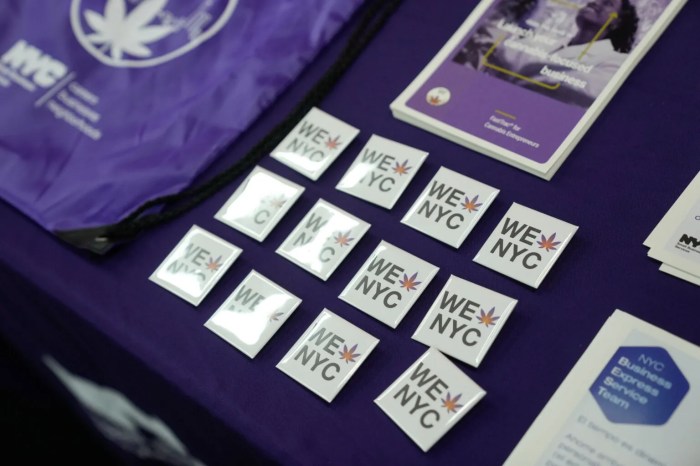Matthew Murr, a 25-year-old from Long Island, had been struggling with drug addiction for years. He was administered the “wonder drug” naloxone after a heroin overdose at the halfway house where he was staying in Brooklyn. One week after he was revived with naloxone, he died of another overdose of several opiates. He was alone in a Brooklyn boardinghouse.
Murr’s mother and father, Denise and Art Murr, describe him as “the good kid” every parent in the neighborhood was glad to have around. Trouble began late in high school and increased during his brief attempt at college. Drugs and alcohol sank their hooks into Murr.
They never let go.
Naloxone, also called Narcan, is an easy-to-use innovation that is practically miraculous. It counteracts the opiate in a user’s system, whether from heroin or prescription pain killers, by blocking and even reversing its deadly effects. But it also blocks the drugs’ desirable and, to an addict, necessary effects.
Its promise is that an addict, spared, now has the opportunity to achieve health and sobriety. The tragedy is that such a chance often doesn’t materialize, and death is merely postponed.
When heroin users wake up from naloxone, they are sick from their overdoses and go into withdrawal. Drug users revived with naloxone are generally taken to hospitals to be examined, but not admitted. In New York, they are frequently released just a few hours later, as they are beginning to suffer shakes, severe stomach pain, muscle cramping and overwhelming depression. Addicts often begin seeking drugs to counteract the withdrawal, which to them feels like a serious illness. Sometimes they die of an overdose the same day.
Failing to meet challenges
The spread of naloxone in NYC is a blessing. But as we have seen, it isn’t going to stop the spread of opiate addiction. There’s a lot more to be done — by families, teachers, police officers and doctors, among others — to deal with this complex and insidious problem that defies easy solutions.
Better and more addiction prevention programs, an even greater crackdown on drug trafficking, and more access to drug treatment facilities are the challenges we are failing to meet.
The problems are just beginning when an overdose ends. For parents, spouses and friends, an overdose might be the first they hear that a loved one is using heroin or other opiates. And they quickly learn that the chances of getting immediate help are slim.
Heroin overdoses killed 752 people in New York City from 2009 to 2013. Statewide, deaths from the drug rose 40 percent from 2009 to 2013.
Opiate addiction is particularly serious among the young, for whom heroin and opiates don’t hold the stigma felt by earlier generations. We are trying desperately to fight the epidemic, yet our response is largely failing, from hospitals to treatment facilities to support groups to law enforcement to schools to families to communities.
It has to improve, at every level.

















